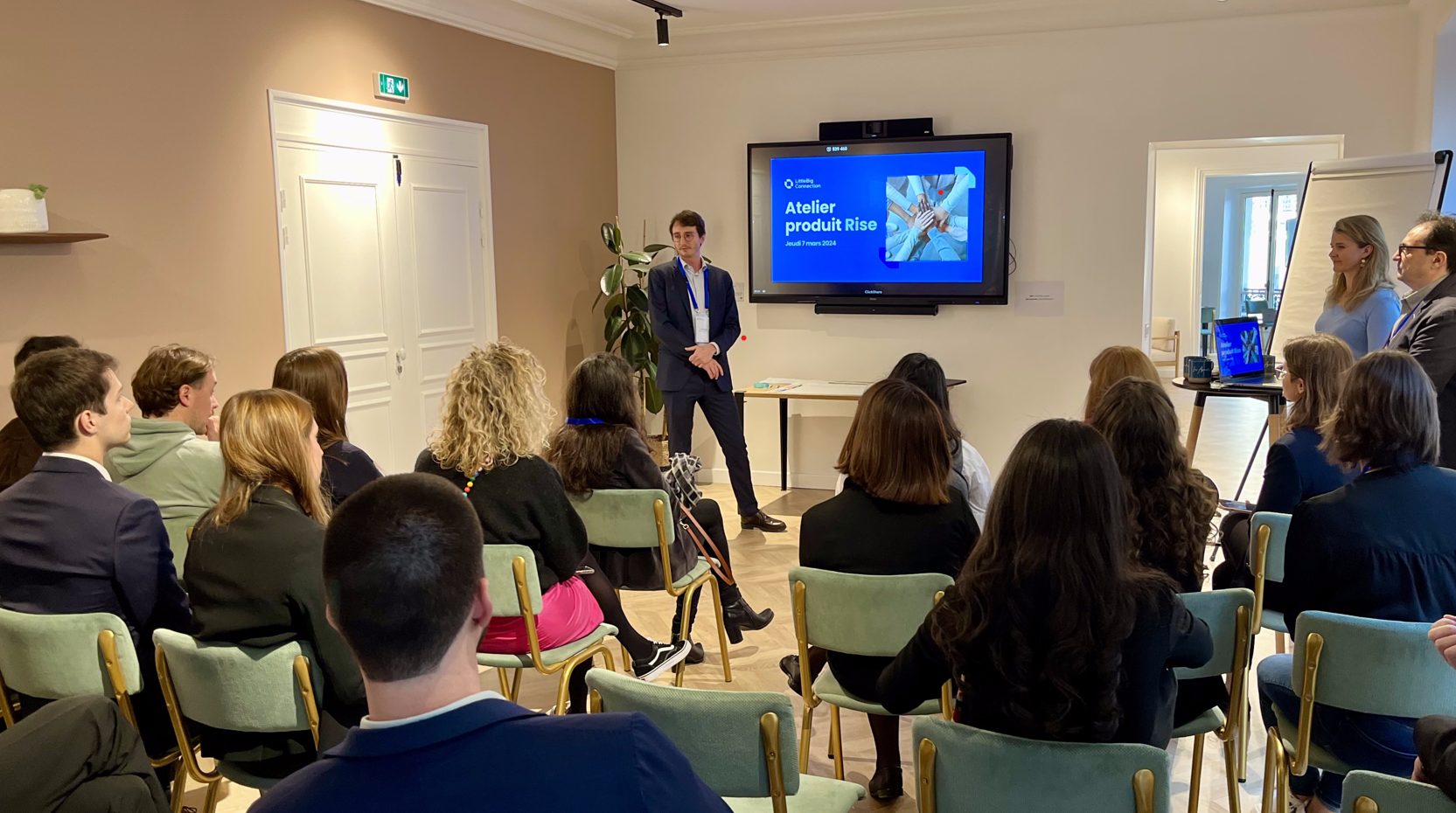#1 Make sure to carry out the interview in the best conditions
Even before sending an invitation to the freelancer for the interview, the client must make sure that it will take place in conditions. For that, several questions should be asked: How much time should he block in his agenda? Should the meeting take place in the office or is an online meeting possible? Who should be present on the client’s side?
The answers to these questions depend on each case, of course. But one can expect that 30 to 40 minutes is the minimum to get all the answers to your questions. Also, if the freelancer is known to the management, it is better to ask him/her to come for the interview in order to determine if he/she is in agreement with the company’s values. Finally, to determine who should be present at the interview, consider calling the people with whom he or she will be in contact on a daily basis, although this isn’t an obligation.
#2 Introduce yourself
Although it seems obvious, it’s always good to remember that introducing oneself is a fundamental step in an interview. From the first moments, the client should take the time to introduce himself or herself, as well as the context of the job, the team and the company. In addition to providing the candidate with the necessary overview of the work environment, this can be a motive for joining the team if the values of the company are deemed attractive by the person in question. And for good reason: for an independent, the importance given by a company to Positive Impact issues can be a good reason to choose their project over that of a competitor.
Moreover, forgetting this essential part of the presentation inevitably sends a negative image to the freelancer. Furthermore, this negligence sets up a vicious circle since the freelancer assumes that it isn’t necessary for him to introduce himself since he was expecting it from the other. On the contrary, when the client goes into the details of the assigment’s context, it allows for a more interactive exchange because it gives the freelancer the cues to ask pertinent questions.
#3 Lay out all the details of the mission
Now comes the most important moment: expounding the content of the assignment! While the client is expected to recall and precisely explain all the objectives of the assignment, which should have been specified in the offer, he also has other points that are just as crucial to address. Ideally, he should also be as specific as possible about the working environment. He should be able to tell the freelancer with whom the latter will be working, and how, so that he can evaluate whether it would suit him or not. For example, this entails identifying the busy periods of the department in which he’ll be, or the periods of time that he’s provided with for exchanging feedback. Since freelancers value the possibility of broadening their skills within an assignment, they’ll appreciate knowing that they will be allowed two hours a week to share best practices and weekly findings with internal and external colleagues.
Another important point is flexibility. Now more than ever, the question of working from home should be discussed in the interview. The client must let the candidate know where the company and the team stand on the subject.
It’s also important to have a clear idea of the future of the assignment. Raising the matter during the interview isn’t too soon, on the contrary. Candidates with a long-term outlook will appreciate knowing quickly if they are wasting their time with a short, non-renewable contract. At the same time, this will avoid disappointment for the client: if the freelancer has all the information before starting the project, then there’s no reason for him to leave prematurely.
In short, leave no room for doubt and make sure you’ve thought of all the questions that the candidate might have.
#4 Ask relevant questions
The relevance of the questions depends of course on each assignment, but some are obvious from one interview to the next:
- What motivates you in the assignment?
- In what areas would you expect to add value?
- What are your areas for improvement?
In the same vein, the client can dig into a few points in the CV, by inviting the candidate to develop his experiences or skills related to them.
But regardless of the method chosen, at the end of the interview, several points must be clear to the client. The first is to assess the sincerity of the candidate’s motivation, to ensure that he or she doesn’t abandon the assignment early for a competitor’s more attractive remuneration package.
The second is to judge the ability of the freelancer to carry out the assignment. To this end, the client can quiz the candidate on the technical aspects with precise questions. For technical expertise such as IT skills, you shouldn’t hesitate to be accompanied by an expert colleague in order to target the questions and show that the company is up to speed in this area. However, be careful: it is thought better to do these tests at a later stage, after the presentations. Second word of caution: if you want to have the candidate perform a technical test during the interview, the least you can do is to warn him or her in advance so that he or she doesn’t feel caught off guard. Finally, remember to give feedback on this test: freelancers don’t appreciate being subjected to a client’s questions without getting any feedback.
The third thing to be confirmed by the client is the collaborative spirit of the candidate. It is important to ensure that the freelancer is open to exchange and has a positive work attitude, especially if he or she will be part of a team. This can in fact be a real problem in the success of the mission.
#5 Creating a balanced exchange
In order to obtain the most fruitful interview possible, you should aim for a balanced exchange where everyone is on the same level. This means, for example, giving the candidate the opportunity to ask all the questions he or she wants in a friendly atmosphere. The client can ask several times if the objectives of the assignment and its context are clear, and invite the freelancer to question him freely.
Not only does this give the candidate a good impression of the client and the project, but it also offers the possibility of a return if the interview doesn’t lead to anything. The freelancer could share the offer with his network if it doesn’t meet his expectations, but he liked the company. As for the client, he could submit the profile to his colleagues if he considered that it corresponded to the values of the company, while not meeting the particular requirements of that assignment
#6 Bring the meeting to a good conclusion
All the points have been discussed, it’s now time to leave. To end the interview in the best possible way, the client shouldn’t forget to give the freelancer a precise date for the decision. Since there is a good chance that the freelancer will be taking part in other recruitment initiatives, the least you can do is to give him/her some visibility on the rest of the process.
The candidate should also be given the opportunity to ask post-interview questions, in case there are things that aren’t understood with hindsight.
If the interview went well, the client can choose to have the consultant validated by the whole team. This can take the form of an informal exchange over a coffee to make sure that everyone gets on well together.
Finally, if the client is interested but the freelancer isn’t, the former could propose a second meeting to determine the stumbling blocks, in order to suggest an amended proposition .
In conclusion, the interview is not a simple, one-sided exercise. Just as the client wants to make sure he chooses the right candidate, the candidate must also evaluate the client. It’s a question of knowing, on the one hand, if the client and his project corresponds to your objectives, and on the other hand, if the future collaboration will be rewarding. The client must therefore be as careful as the freelancer to make a good impression and each answer the other’s questions during this moment of exchange.



